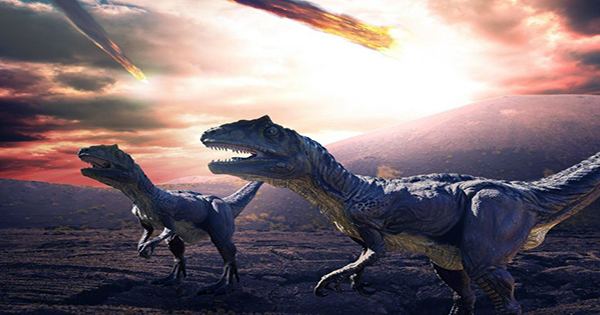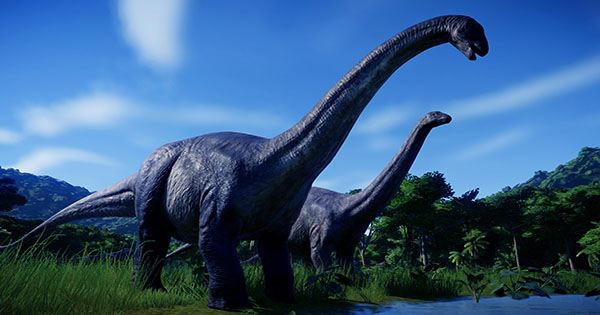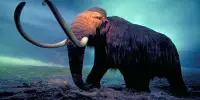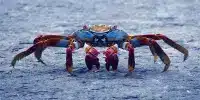Footprints that formerly thought to be those of the largest Triassic-era carnivorous dinosaur have been discovered to be something a little less… meaty. Nonetheless, the reality has value, as it reveals the presence of giant sauropod dinosaurs in Australia long before any bone evidence has been discovered. There are various mines and caves in Queensland featuring dinosaur footprints on the ceiling. Dinosaurs from “down beneath” did not walk backward. Dinosaurs carved indentations in marshy soil, which eventually filled with silt and sand. Under the pressure of future layers, both the swamp and the infill hardened to stone, but the filled-in prints proved to be harder than the surrounding material and lasted after the rest eroded away.
“Seeing large bird-like footprints protruding down from the ceiling must have been quite a sight for the first miners in the 1960s,” said Dr. Anthony Romilio of the University of Queensland in a statement. The 220 million-year-old prints unearthed in the Rhondda colliery were originally assigned to the meat-eating Eubrontes family. The creator expected to have legs more than 2 meters (7 feet) long, easily the largest Triassic carnivore yet discovered, based on the observed track size. “This concept generated a stir decades ago since, during the Triassic period, no other meat-eating dinosaur in the globe neared that size,” Romilio explained.

However, the tracks were reanalyzed in a new study in Historical Biology conducted by Romilio, and it discovered that they came from a smaller herbivorous dinosaur. Because scientists have not had access to the footprints since the mine closed, paleontologists have had to rely on sketches and images that do not reflect the true outlines for decades. However, Romilio was able to obtain plaster casts of the prints in 1964. He forwarded 3D models of the casts to scientists all around the world.
Romilio and other researchers concluded that the dinosaur’s footprints were smaller than previously imagined. Romilio told IFLScience, “The people who drew the original conclusions were including a geological feature as part of one’s heel, as well as signs where the claw dragged through sediment.” When these were removed, the print size shrank from 46 centimeters (18 inches) to 34 centimeters (13 inches), and estimations of the size of the species that created them shrank as well.
Furthermore, the toes were discovered to be widely spaced, with the middle toe being just slightly longer, with the walk tiled inward. All of these match our knowledge of Triassic herbivores, but not carnivores. The authors classify the trackmaker as a member of the Evazoum family, although they are unable to pinpoint a specific species. Indeed, since Evazoums, or any sauropods, were unknown in Australia at the period – the first quadruped sauropod fossils we have are 50 million years younger – the species is very definitely one we do not know about.
Romilio told IFLScience that he does not know whether Australia’s newly discovered sauropods, including a contender for the world’s largest, descended from the trackmaker or subsequent arrivals from other continents. “In 50 million years, a lot can happen,” he remarked. The discovery of a still-impressively-sized sauropod, however, will change our perception of Australia’s Triassic biodiversity.
“It was done by a geologist, not a paleontologist, and at a time when the study of dinosaur tracks was in its infancy,” Romilio told IFLScience when asked why the assessment had been so inaccurate for so long. The only people that could be compared were meat eaters in North America.” Nonetheless, he is perplexed as to why the conclusion was not questioned when decades passed with no evidence of similar-sized Triassic predators. Romilio, ironically, was instrumental in the identification of a neighboring mine-roof print as belonging to a much larger carnivorous dinosaur, but this was much later.
















